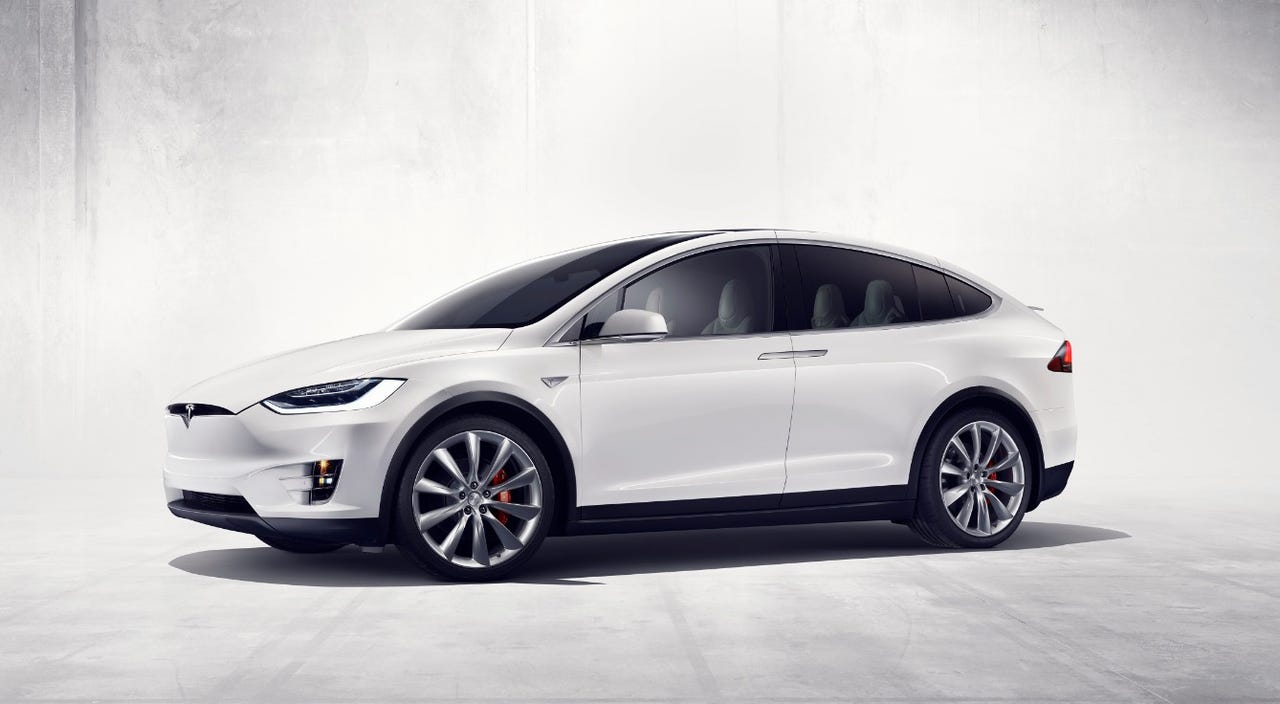Tesla's Autopilot takes the wheel as driver suffers pulmonary embolism


A US driver who suffered a pulmonary embolism while on the road relied on the Tesla Autopilot system to drive him to a hospital.
Joshua Neally, on his way from Springfield, Missouri, to Branson, experienced severe pain in his stomach and chest while driving his Tesla Model X home from work. As reported by the BBC, the 37-year-old was moving along the highway when the pain began.
However, instead of pulling over and calling for an ambulance, the lawyer leveraged the Tesla Autpilot system to drive to the nearest hospital.
Roughly 20 miles later, the Tesla vehicle arrived at the hospital emergency area. Neally then took control and manually steered the car into the car park before checking himself in.
Doctors discovered the driver was suffering from a pulmonary embolism, which is caused by blood vessel obstruction in the lungs. According to the US Centers for Disease Control and Prevention, these kinds of blood clots may affect up to 900,000 people every year in the country, with an estimated death rate of 60,000 -- 100,000 per year.
Tesla's Autopilot is a driver assistance feature which helps drivers cross lanes safely, adjust speed based on other vehicles close by and scan parking spaces for better parking, However, some drivers of Tesla cars with this beta technology enabled appear to consider it a self-driving feature, which is not the case.
The Autopilot system is currently being investigated by the National Highway Traffic Safety Administration (NHTSA) following the death of a man in Florida in May who reportedly was watching a Harry Potter movie while on the road.
Tesla says that "Autopilot is getting better all the time, but it is not perfect and still requires the driver to remain alert."
Speaking to local news station KY3, Neally said the pulmonary embolism was "the most excruciating pain I've ever had," and chose to use Autopilot after calling his wife.
"If something like that happens where I become unconscious or incapacitated while I'm driving, I'm not going to cross over the interstate and slam into somebody or slam into one of the big rock walls," the lawyer said. "It's not going to be perfect, there's no technology that's perfect, but I think the measure is that it's better and safer."
See also: Volvo engineer blasts Tesla Autopilot as 'wannabe' tech
Better and safer the autopilot system might be as a driver assistance tool in standard settings, but trusting your life -- and those of other people -- to a computerized system which is currently in the beta stages is irresponsible beyond belief.
While it may be, indeed, that Autopilot helped save a life, the system is not a full-on autonomous driver for you. Rather, Autopilot is meant to be a tool which helps you drive -- but it may have failed.
As Neally was already impaired and in a lot of pain, staying on the road was a poor decision and waiting for an ambulance would not have necessarily meant he would have suffered as a consequence.
Rather, if Autopilot failed, Tesla may have been dealing with another example of accidents and fatalities caused by the irresponsible and over-use of the navigation and driving aid.